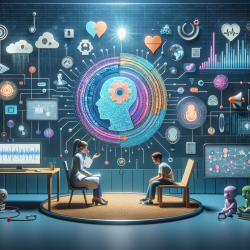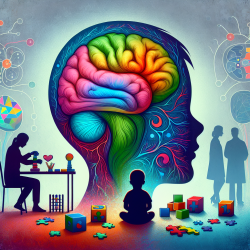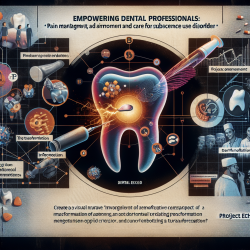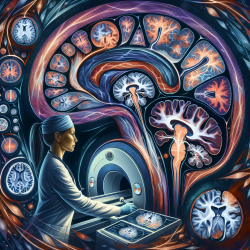Introduction
In the ever-evolving landscape of healthcare, the integration of technology has become indispensable. Among the most promising advancements is the application of Natural Language Processing (NLP) in the medical domain. The Editorial: The second international workshop on health natural language processing (HealthNLP 2019) sheds light on groundbreaking research that can significantly enhance the practice of speech-language pathologists and other healthcare professionals. By harnessing the power of NLP, practitioners can improve their skills and ultimately create better outcomes for children.
The Power of NLP in Healthcare
NLP technologies have made significant strides in unlocking information from clinical narratives, offering promising results in various tasks. The integration of artificial intelligence (AI), particularly deep learning-based neural networks, has further propelled NLP's capabilities. These advancements present a unique opportunity for practitioners to delve deeper into clinical narratives, thereby enhancing their decision-making processes.
Key Research Highlights from HealthNLP 2019
- Hybrid Ranking Method: Heo et al. introduced a method combining co-occurrence approaches with specialized word embeddings to identify relationships in clinical data, such as those related to Alzheimer's disease. This approach can help practitioners uncover hidden connections that traditional methods might miss.
- Improved Named Entity Recognition: Li and Hou's model, BiLSTM-Att-CRF, incorporates attention mechanisms to enhance the extraction of information from Chinese electronic medical records. This method demonstrates the potential of attention mechanisms in improving data extraction accuracy.
- Concept-Attribute Detection: Xu et al. utilized BiLSTM networks and CRF to identify medical concept attributes, achieving higher accuracy than traditional systems. This unified approach simplifies the detection process, making it more accessible for practitioners.
- De-identification of Clinical Notes: Yang et al. explored deep learning methods for de-identifying clinical notes, which is crucial for protecting patient privacy while utilizing clinical data for research.
- Lung Cancer Information Extraction: Wang et al. developed a rule-based NLP system for extracting detailed information on lung cancer patients, demonstrating the potential of NLP in clinical research data extraction.
Implementing NLP in Practice
For practitioners looking to enhance their skills, the research presented at HealthNLP 2019 offers a wealth of insights. By adopting these cutting-edge NLP methodologies, practitioners can:
- Improve the accuracy and efficiency of data extraction from clinical narratives.
- Enhance decision-making processes with more comprehensive data analysis.
- Ensure patient privacy through advanced de-identification techniques.
Moreover, practitioners are encouraged to engage in further research to explore the full potential of NLP in their specific fields. By staying informed and adopting these innovations, practitioners can contribute to better outcomes for children and the broader healthcare community.
Conclusion
The integration of NLP in healthcare is not just a technological advancement; it is a transformative force that empowers practitioners to make data-driven decisions. By embracing these innovations, we can create a future where every child receives the best possible care. To read the original research paper, please follow this link: Editorial: The second international workshop on health natural language processing (HealthNLP 2019).










